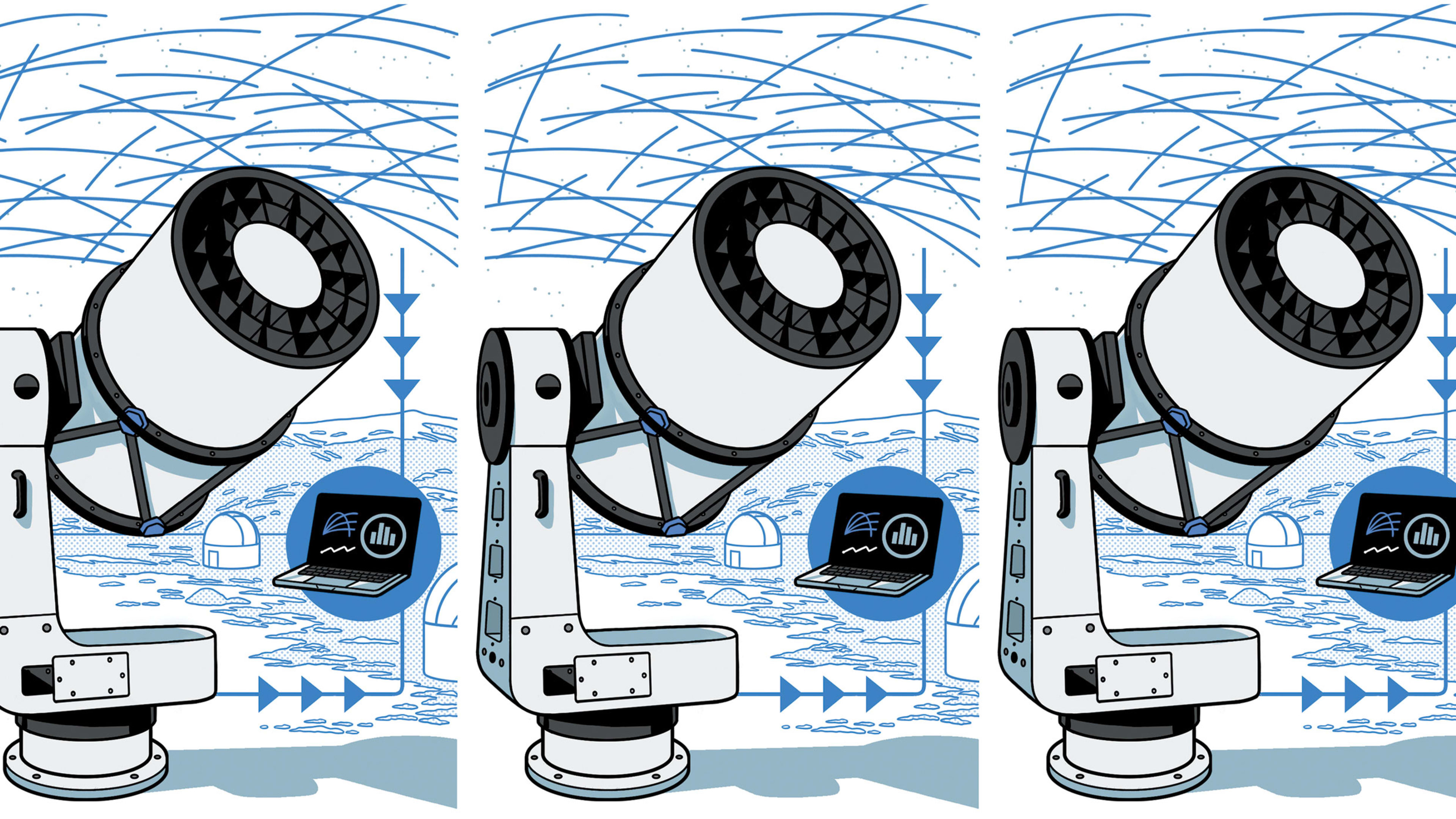Slingshot Aerospace is No. 48 on the list of the World’s 50 Most Innovative Companies of 2024. Explore the full list of companies that are reshaping industries and culture.
With more active satellites than ever orbiting Earth—more than 8,300 at last count—helping them dodge space junk and avoid collisions is an increasingly important sector of the space industry. El Segundo, California-based Slingshot Aerospace aims to be the definitive source for information on space situational awareness. “We are building the common operating picture for space,” says Audrey Schaffer, the company’s VP of strategy and policy. By pulling in data from multiple sources and using machine learning and artificial intelligence tools, the company can “make smart predictions about where objects are going to be in space and identify anomalous behavior,” she says. Among the atypical activity Slingshot has detected: It discovered a Russian spy satellite conducting targeted intelligence gathering last October.
This kind of orbital identification was made possible by the major expansion of its optical tracking network, which at the end of 2023 included 150 proprietary telescopes and ultra-wide field of view sensors around the globe. A significant addition to Slingshot’s network is a low-Earth-orbit “staring” telescope, dubbed Horus after the ancient Egyptian sky god, which can take in most of the visible sky at once in a given location and track all satellite traffic passing overhead; most traditional telescopes and radar systems need to be “cued” on a specific section of sky to look at. The company expects to have eight of these telescopes operating around the world in the first quarter of 2024. These are complemented by the company’s Varda telescopes, which need to be “cued” but can track objects in the daytime as well as at night to see objects beyond low-Earth orbit—from telecom and military satellites in geosynchronous orbit to an array of spacecraft operating between Earth’s orbit and the Moon.
Slingshot’s capabilities have brought in a mix of customers: Commercial satellite operators use the traffic coordination platform to monitor their fleets and coordinate with other operators, and U.S. Space Force has embraced the platform for threat detection and uses historical data to create training simulations. The company is also working with the U.S. Department of Commerce to establish a government traffic-coordination system. “Space is so fundamental to our daily lives, to our economic growth, to our national security, that a big debris incident is really in nobody’s interests,” says Schaffer. “What we’re trying to do is help everyone see clearly and make all these operations more autonomous and safer so we can unlock the potential of the space economy.”
Explore the full 2024 list of Fast Company’s Most Innovative Companies, 606 organizations that are reshaping industries and culture. We’ve selected the firms making the biggest impact across 58 categories, including advertising, artificial intelligence, design, sustainability, and more.
Recognize your brand’s excellence by applying to this year’s Brands That Matter Awards before the extended deadline, June 14.
Sign up for Brands That Matter notifications here.
